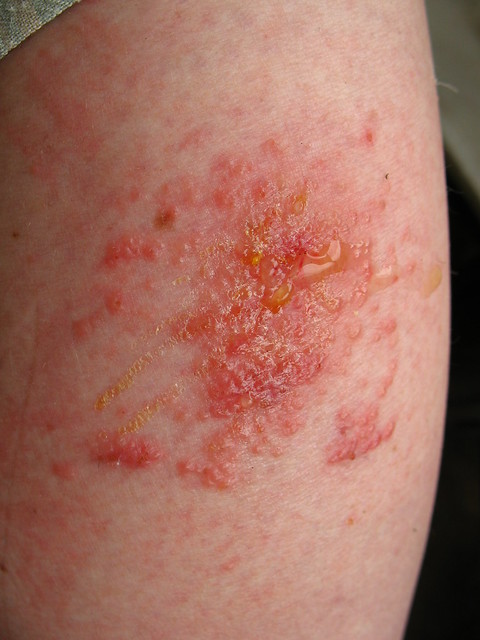Photo by quinn.anya
A bleeding wound is no joke. Depending on the severity, it can leave its victim in shock or even dead. Before a wound can mend and heal, the blood must stop flowing so it can clot. Knowing how to stop severe bleeding while waiting for help to arrive could greatly increase a bleeding victim's chances of survival.
Here are some general rules to stop major bleeding:
- If time and circumstances allow, wash and sanitize before helping a bleeding victim to prevent spreading infection. Wear gloves if they are available and take precautions to prevent the spread of HIV including covering any open wounds you may have and putting on protective clothing for your face and body.
- Apply direct pressure to the wound. For mild wounds, this may take as little as 2-5 minutes, or 20+ minutes for serious wounds. Sterile gauze is perfect to use if you have it on hand, or terry cloth. If not, look for a clean towel, rag, clothes, or any material you can fold and cover the wound with. Small foreign objects within the wound may quickly be removed, but a large object within the wound should be left in case it is stopping some of the blood flow. Your immediate need is to stop the blood, so just bandage around it. Don't start out too thick (because it could interfere with good pressure), and once the cloth is on, don't take it off. This could reopen the wound and undo any clotting that began. If your material becomes soaked with blood, add another layer on top. Keep your pressure constant.
- Along with applying pressure directly to the wound, you can also apply pressure to specific pressure points where arteries are close to the surface to help slow the flow of blood. These pressure points should be found between the wound and the heart. Common pressure points are found in the middle of the upper arm (brachial artery), the back of the knee (popliteal artery), and the groin area where the thigh meets the pelvis (femoral artery). Be sure to apply pressure nearer the heart rather than the wound.
- Raise the wound above the level of the heart. It is easier for blood to flow down rather than up against gravity, so raising the wound will help slow the flow. Continue to apply direct pressure.
For minor bleeding, direct pressure is still important. Other ideas that have been "reported" to stop minor cuts from bleeding (like when you nick yourself shaving) are ice, hot water, salt water (sting!), lip balm, flour, cornstarch, deodorant, witch hazel, sugar, white vinegar, a tea bag, duct tape, and spider webs (really?), though I've tested very few of them myself (ice and cornstarch work) and can't verify the truth of the others. Yarrow is supposed to be great for healing and a natural remedy with antiseptic properties. Crush cleaned yarrow leaves and hold to the wound to stop bleeding.











